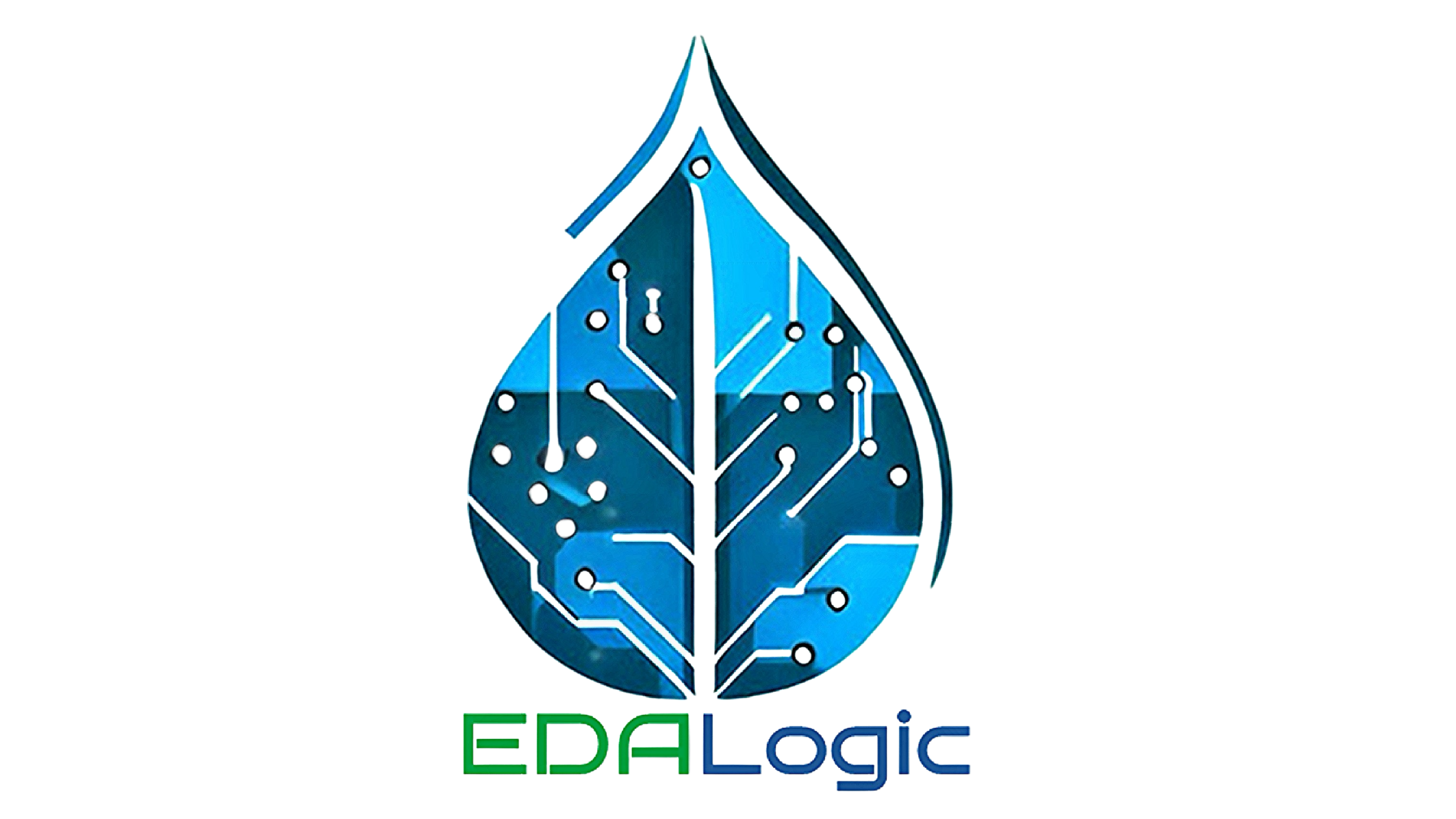The Powerhouse Behind IoT: How EDA Tools Fuel Innovation
The Internet of Things (IoT) is a technological revolution that has swept through industries, homes, and cities. It's the realm where everyday objects, from thermostats to coffee makers, are equipped with sensors and connected to the internet, exchanging data and transforming the way we live and work. Behind the scenes of this IoT explosion, Electronic Design Automation (EDA) tools are playing a pivotal role, driving innovation and powering the devices that make IoT a reality.
Understanding the IoT Landscape
In the world of IoT, device diversity is staggering. We have smart refrigerators that tell us when we're out of milk, wearable fitness trackers that monitor our health, and smart cities with intelligent traffic management systems. Each of these devices has a unique purpose and specific design requirements, and this is where EDA comes into play.
Optimizing Hardware for IoT
At the heart of every IoT device is its hardware, and EDA tools are instrumental in designing and optimizing this hardware. Whether it's a tiny sensor node or a complex edge computing device, EDA tools assist engineers in creating efficient and power-conscious designs.
Energy Efficiency Matters
Energy efficiency is paramount in IoT. Many devices operate on batteries or have limited power sources, and EDA tools help in designing electronics that sip power conservatively. They enable engineers to optimize the power consumption of IoT devices, prolonging battery life and reducing the need for frequent recharging or battery replacement.
Sensor Integration
Sensors are the sensory organs of IoT devices, and they come in a myriad of types - temperature sensors, motion detectors, gas sensors, and more. EDA tools assist in seamlessly integrating these sensors into IoT hardware, ensuring they work cohesively to collect and transmit data accurately.
Signal Integrity
Maintaining signal integrity is vital in IoT devices, especially those in challenging environments or with long-distance data transmission requirements. EDA tools aid in designing PCB layouts that minimize electromagnetic interference and signal loss, ensuring reliable data transfer.
Customization for Specific Use Cases
IoT spans numerous industries, each with unique demands. EDA tools allow for customization, enabling engineers to design IoT hardware tailored to specific use cases. For example, an IoT device for agriculture may require different sensors and power management features than one designed for healthcare.
Real-World Examples of EDA in IoT
Let's consider some real-world examples of how EDA tools drive innovation in the IoT industry:
Smart Home Devices: EDA tools optimize the design of smart thermostats, lights, and security systems, making homes more comfortable, energy-efficient, and secure.
Wearable Health Trackers: EDA tools contribute to the miniaturization and power efficiency of wearable health devices, allowing users to monitor their well-being seamlessly.
Industrial IoT: In industrial settings, EDA tools help design IoT sensors and controllers that enhance automation, reduce downtime, and improve efficiency.
Smart Agriculture: IoT devices in agriculture benefit from EDA's power optimization, enabling real-time monitoring of crops and livestock.
Connected Vehicles: EDA plays a role in designing the IoT components of connected vehicles, from sensors to infotainment systems, enhancing safety and convenience.
In conclusion, Electronic Design Automation tools are the unsung heroes of the IoT revolution. They empower engineers to create IoT devices that are energy-efficient, reliable, and tailored to specific needs. As IoT continues to expand into every facet of our lives, the collaboration between EDA and IoT promises to bring forth even more remarkable innovations that will shape our future.
Stay tuned to our blog for more insights into the intersection of technology and innovation, and how EDA is driving change in diverse industries.

